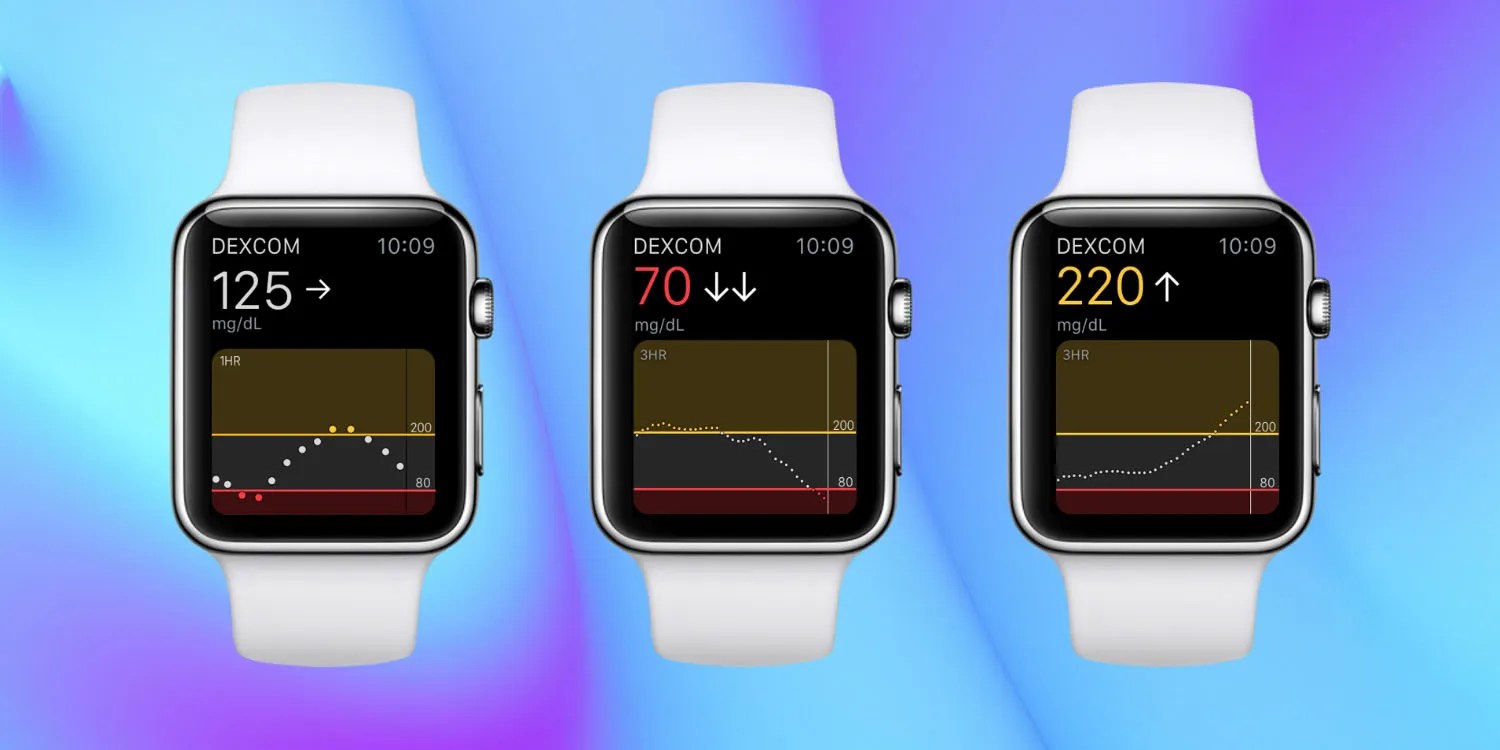Blood
The first Apple Watch was supposed to launch with blood sugar monitoring
A new report based on interviews with insiders says the very first Apple Watch was originally supposed to launch with non-invasive blood sugar monitoring. Indeed, it says, this was intended to be the device’s headline feature.
The piece also reveals battles within the company over how far the company’s health ambitions should go, with some criticising it for targeting the “worried well” rather than those who most need health tech …
Bloomberg spoke with both Apple insiders and commenters to put together a picture of the gap between the company’s ambitions, and what it has so far been able to achieve.
But more fundamentally, it also reveals significant differences within the company’s management about what those ambitions should be.
It begins with the story of the launch of the Apple Watch in 2015. It had seemed to many of us that Apple didn’t initially know what problem the Watch was designed to solve: the company originally focused on wrist notifications as the main selling-point, before later adopting health and fitness as the key benefit. But the piece says that health was always the vision – it’s simply that the company couldn’t deliver on its goals in the first model.
Tim Cook stood in the same packed auditorium where his predecessor, Jobs, had unveiled the original Macintosh and introduced the Apple Watch. Cook called it the “next chapter in Apple’s story.” The new device boasted health features: a heart rate monitor, a way to measure steps taken and calories burned and a fitness app for tracking workouts. But the original vision had been grander. The company had envisioned the watch as a tiny medical lab, featuring the Avolonte glucose monitor as a centerpiece.
Avolonte was a subsidiary Apple had secretly created four years earlier, specifically to work on non-invasive glucose monitoring.
Frustration with that failure led senior Apple execs to scale back their ambitions, claims the piece.
The company’s effort to weave health monitoring and disease prevention into its bestselling devices has yielded breakthroughs, but the strategy has also been short-circuited by philosophical disagreements, a culture of conservatism and technological realities. Apple has scrapped or slowed work on a broad range of promising projects, frustrating some of the doctors and engineers it hired to work on them.
Rather than try to help the sick, like those with diabetes, Apple focused its work on the “worried well” – those without any significant health issues but who have anxieties which drive interest in health-monitoring tech.
While the company is still working on bringing blood sugar and blood pressure monitoring to the Apple Watch, the goal now is less ambitious. Rather than providing accurate measurements which would be useful to those with health conditions, it now aims merely to identify trends which it can use to suggest someone seek proper medical tests.
That’s partly driven by fear of regulation, of course. Medical tech can take years to gain approval, and Apple doesn’t want its products to be held back by this. But one insider says it’s also due to fear of failure.
“Tim and Jeff are so terrified of doing something wrong and are focused on protecting the company’s image,” one person said, referring to Cook and Chief Operating Officer Jeff Williams, who is responsible for the company’s health work.
An external healthcare exec says that if Apple wants healthcare to be its most significant contribution to the world – as CEO Tim Cook claims – it has to be willing to meet these challenges.
“The main takeaway from their whole strategy is that they shy away from the actual care,” said Adrian Aoun, the founder and CEO of Forward, a company that runs a chain of high-tech in-person and remote clinics. Apple is building “awesome technologies,” but they’re “skating around the problem,” he said. “Health care is messy, and you have to get your hands dirty,” he said. “At some point you have to be ready to draw blood.”
The whole piece is well worth reading, but unfortunately is paywalled, so other interesting snippets are:
- Insiders say Avolonte was the company’s stealthiest initiative
- Staff didn’t know who owned the company when they were interviewed
- They were banned from wearing Apple clothing to the office
- Heartrate sensor in Apple Watch S1 wasn’t good enough to really promote it
- Jony Ive designed a blood pressure monitor that didn’t need to be inflated
- But it was only accurate enough for trends, not specific measurements
- Apple considered making a range of health devices, including scales
- Apple Watch was intended to be compatible with Android
- But company abandoned this plan, fearing a loss of iPhone sales
- 2024 AirPods will function as hearing aids
- And be able to conduct hearing tests
- 2024 Apple Watch will be able to detect signs of sleep apnea
- Apple watch temperature sensor may in future be able to detect a fever
FTC: We use income earning auto affiliate links. More.


